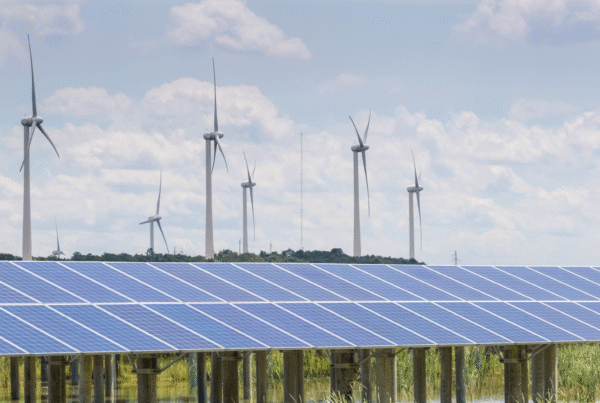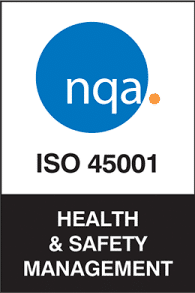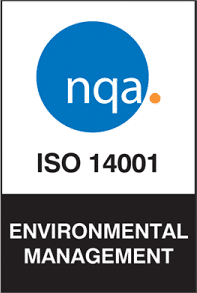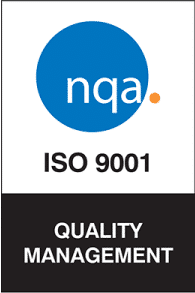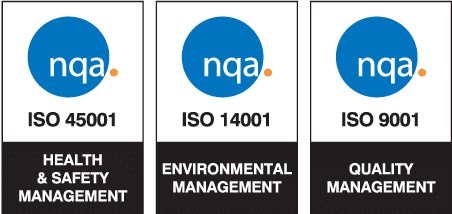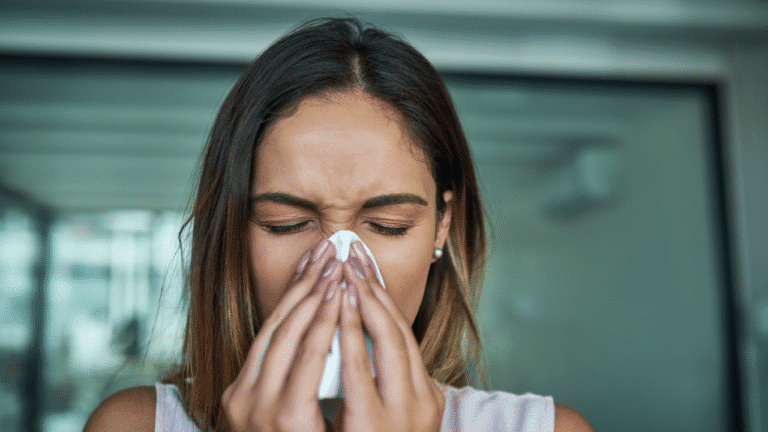
Spring brings many good things, but allergy is not one of them More than 40% of the world’s population has allergy symptoms: itchy eyes, asthma… and pollution is not helping.
The impact of climate change is evident in this pathology There is a notable increase in pollen concentrations, the prolongation of the allergy period caused by increased temperatures, respiratory infections due to the presence of atmospheric pollutants such as nitrogen dioxide, ozone and fine particles or asthma attacks due to the combination of pollutants such as ozone and pollen.
Some studies suggest that air pollution may increase pollen production in plants, making the pollen even stronger and causing more severe symptoms In fact, the increase is so noticeable that the World Health Organization (WHO) believes that by 2050, 50% of the world’s population will be allergic to pollen.
How can we solve this? Allergies will never disappear, but we can begin to eradicate pollution. Renewable energies will help us to have a cleaner atmosphere, reducing greenhouse gas emissions and reducing air pollution.
Pollution is a major problem that affects the health of allergy sufferers by increasing exposure to allergens. However, there are measures we can take to reduce it We can contribute to a healthier environment by opting for renewable energy and help ourselves and future generations.
Learn more news about the renewable energy sector on the Univergy Solar blog.


